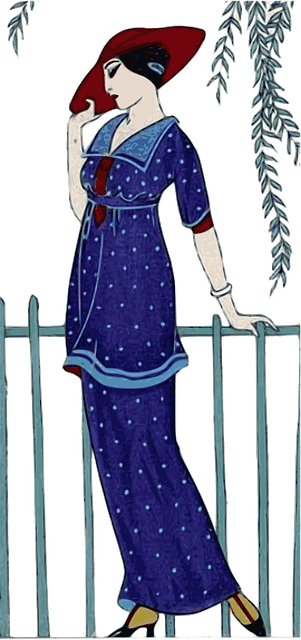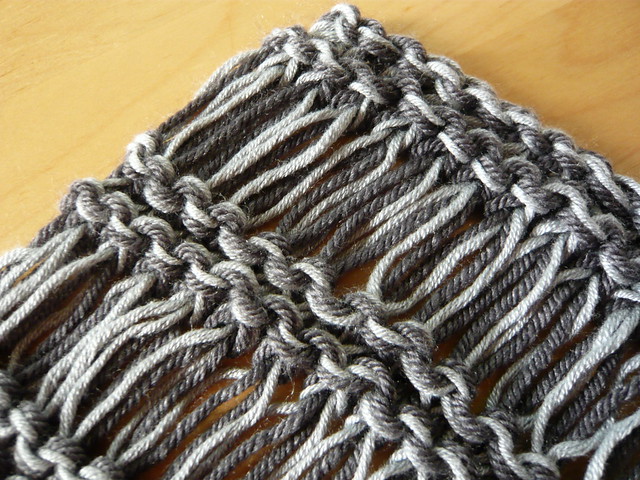What will I be like at 80? This was the question which confronted me back when I went through Julia Cameron’s Artist’s Way. (2013 – hasn’t time flown?)
The first thing that came to mind was ‘dead’, but since that didn’t really fit in with the purpose of the exercise, I tried again, trying to be a bit more optimistic this time.
About to go, my entry began, and went on to suggest that I would be the kind of old woman who enjoys shocking people by how directly she speaks, and doesn’t mind being disliked or unpopular.
 Or as I put it in the post I wrote at the time, “if I do make eighty I bet I’ll be one of those acute old ladies who says what she thinks you need to hear and doesn’t mind how excruciatingly embarrassed you are by it.”
Or as I put it in the post I wrote at the time, “if I do make eighty I bet I’ll be one of those acute old ladies who says what she thinks you need to hear and doesn’t mind how excruciatingly embarrassed you are by it.”
Now admittedly, I’ve got nearly fifty years to reach this happy state of affairs (if I don’t die first), but as it stands, this is about the opposite of who I am now.
I don’t like to be disliked, and the feeling that I may have just offended someone eats away at me like a vinegar bath, leaving me anxious and restless. There are times I feel it would be advantageous to take a vow of silence, and then no one could take offence at anything I say.

Don’t get me wrong, I’m not in the habit of being offensive; I just worry that I may have inadvertently given offence. It seems quite easy to do, particularly when you are not entirely at home in any one culture.
Perhaps that’s what I’m looking forward to about being old and near my death: I’ll have stopped worrying so much; and I’ll be open, honest and straight-forward enough to tell people the truth without hedging it about with fluff and diversion (though still, like Elizabeth Bennet, endeavouring “to unite civility and truth”).
And being old and eyeballing my approaching death, I won’t be bothered by any resulting unpopularity. I hope. Perhaps, like the lady who intends to wear purple, I’d better start practicing now, so as not to take people by surprise.

What are you looking forward to about being old? And have you considered starting now?





